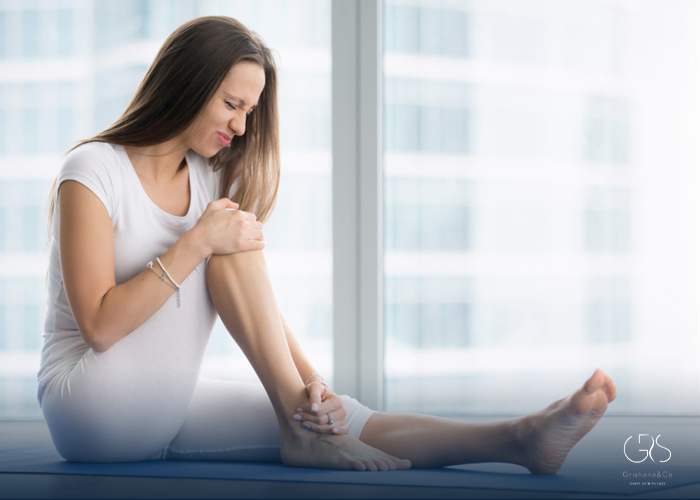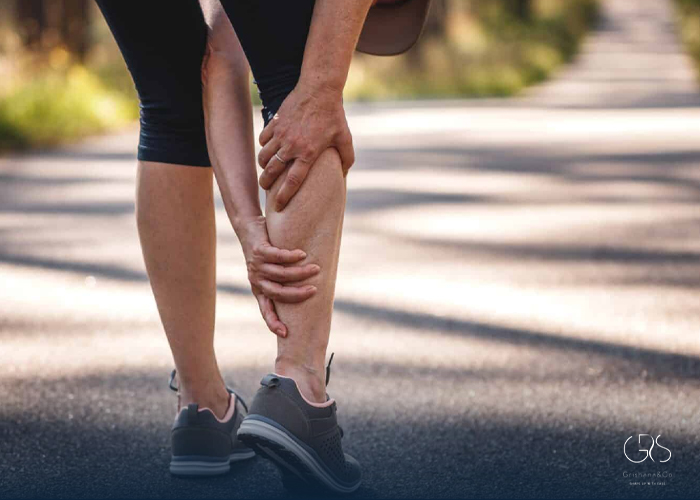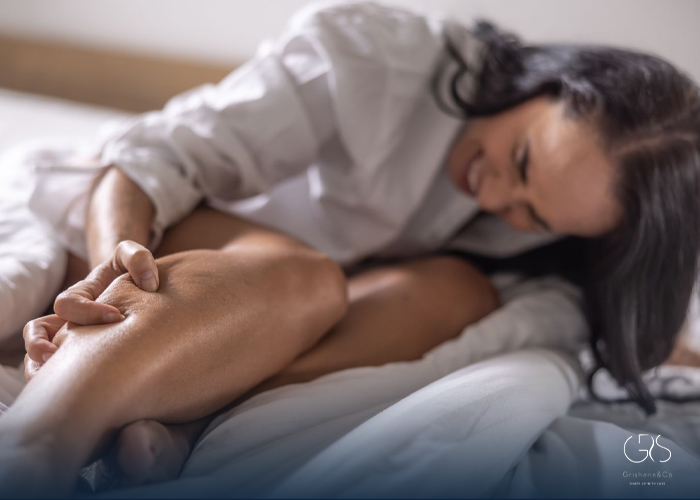Many of us have experienced the sudden, intense pain of a charley horse, a common muscle spasm that can strike at any time. This involuntary muscle contraction can occur in any muscle but most commonly affects the leg muscles, particularly the calf muscles. While the exact cause of charley horses remains unclear, factors such as dehydration, muscle fatigue, electrolyte imbalances, and certain medical conditions can contribute to their development. In this article, we will delve into the causes, symptoms, and explore effective ways to get rid of your charley horse.
Recognizing the Symptoms
Charley horse symptoms are discomforting, and the sudden onset of tightened muscle can lead to severe pain. The affected muscle typically becomes tight and hard to the touch, and in severe cases, visible muscle twitching or contractions can be observed. The duration of a charley horse can vary, with some lasting only a few seconds and others persisting for several minutes.

How to Get Rid of Your Charley Horse
While the discomfort of a charley horse can be extreme and impact your daily activities, there are several ways to relieve the symptoms. Try the following:
Stretch: Gently stretch the affected muscle to relieve the spasm. Take it slow and be careful not to overstretch the muscle.

Massage: Massaging the affected muscle can help ease the tension and reduce the severity of the pain.

Heat or Cold Therapy: Applying heat or cold to the affected area may also provide relief. Heat can help to relax tense muscles, while cold can reduce inflammation and numb the area to relieve pain.
Hydration: Dehydration is a common cause of charley horses, so make sure you’re drinking enough fluids throughout the day. Staying hydrated can help prevent future muscle spasms.

Use Medications: OTC pain relievers like acetaminophen or ibuprofen can aid in reducing the pain, and muscle relaxants can help loosen the muscle.

Preventing Charley Horses
Prevention is possible in some cases and involves addressing underlying factors such as dehydration, muscle fatigue, or electrolyte imbalances. To decrease the risk of getting charley horses, you may try the following:
- Stay Hydrated: Drink plenty of water throughout the day to keep your body hydrated.
- Stretch Regularly: Perform stretching exercises before or after physical activities to help warm up and loosen your muscles.
- Improve Your Diet: Eat a healthy diet rich in nutrients such as calcium, potassium, and magnesium, which can help reduce the risk of muscle cramps.
- Engage in Physical Activities: Regular exercise helps in strengthening and conditioning your muscles and reduce the risk of getting charley horses.
Conclusion
Charley horses can occur in anyone and impact your daily activities, but knowing the symptoms and taking preventative measures can help avoid painful spasms. Understanding how to get rid of your charley horse using simple home remedies like stretching, massage, heat or cold therapy, medications, and staying hydrated, can provide relief and prevent recurrences. By addressing underlying factors such as dehydration, muscle fatigue, or electrolyte imbalances, you can decrease the likelihood of experiencing a charley horse in the future.










